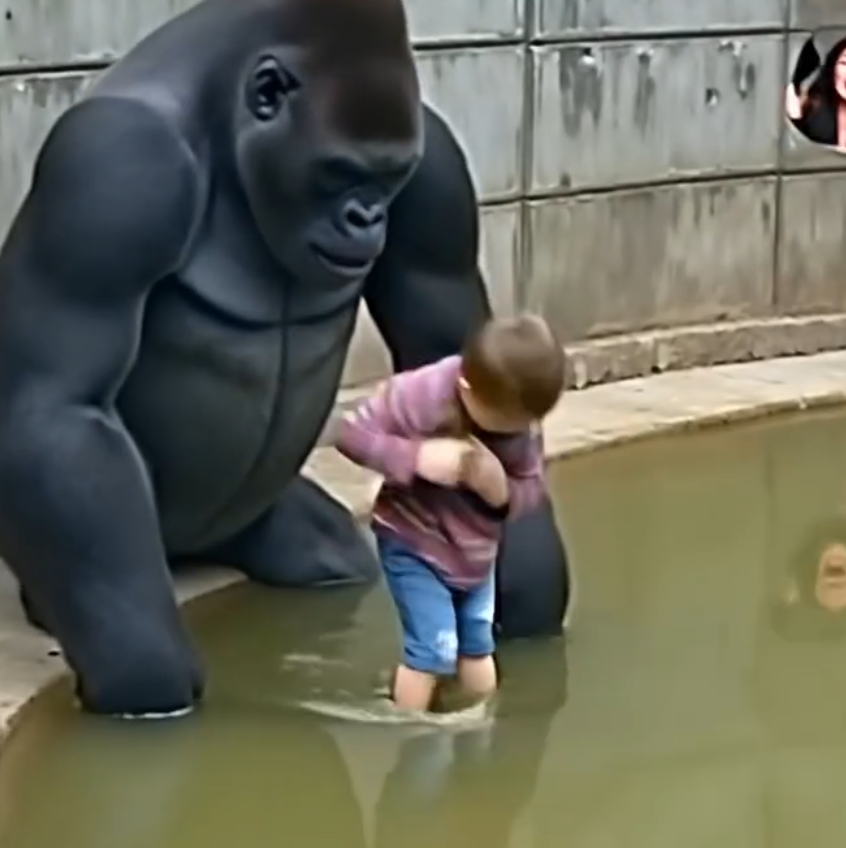The heartbreaking event involving Harambe, a 17-year-old silverback gorilla at the Cincinnati Zoo in 2016, captured global attention and ignited widespread discussions surrounding animal welfare and zoo security. In the years since, animal behavior experts have revisited the incident to better understand the gorilla’s conduct in those pivotal moments. Some observers believe Harambe’s actions suggested a protective response toward the young child who had fallen into his habitat, prompting analysis from both psychological and ethological viewpoints.

Researchers, including zoologists and primate specialists, agree the situation was highly nuanced. Harambe’s reactions were likely influenced by instinct as well as external stress, such as the commotion from the crowd and unfamiliar noises. These factors may have contributed to the zoo staff’s split-second decision—one that remains heavily debated in both academic forums and public discourse.
This tragic encounter also reignited conversations about the moral implications of confining wild animals. While zoological institutions play a vital role in education and species conservation, the Harambe incident underscored the urgent need to reexamine enclosure safety standards and visitor protocols to better protect both animals and humans.
Beyond the immediate impact, Harambe’s legacy has taken on cultural significance, representing larger questions about how humans interact with and care for wild creatures in captivity. His story continues to inspire dialogue and research aimed at improving the conditions in which animals live and the responsibilities humans carry as their stewards.




